Home>Garden Essentials>How To Plant Lettuce From Seed
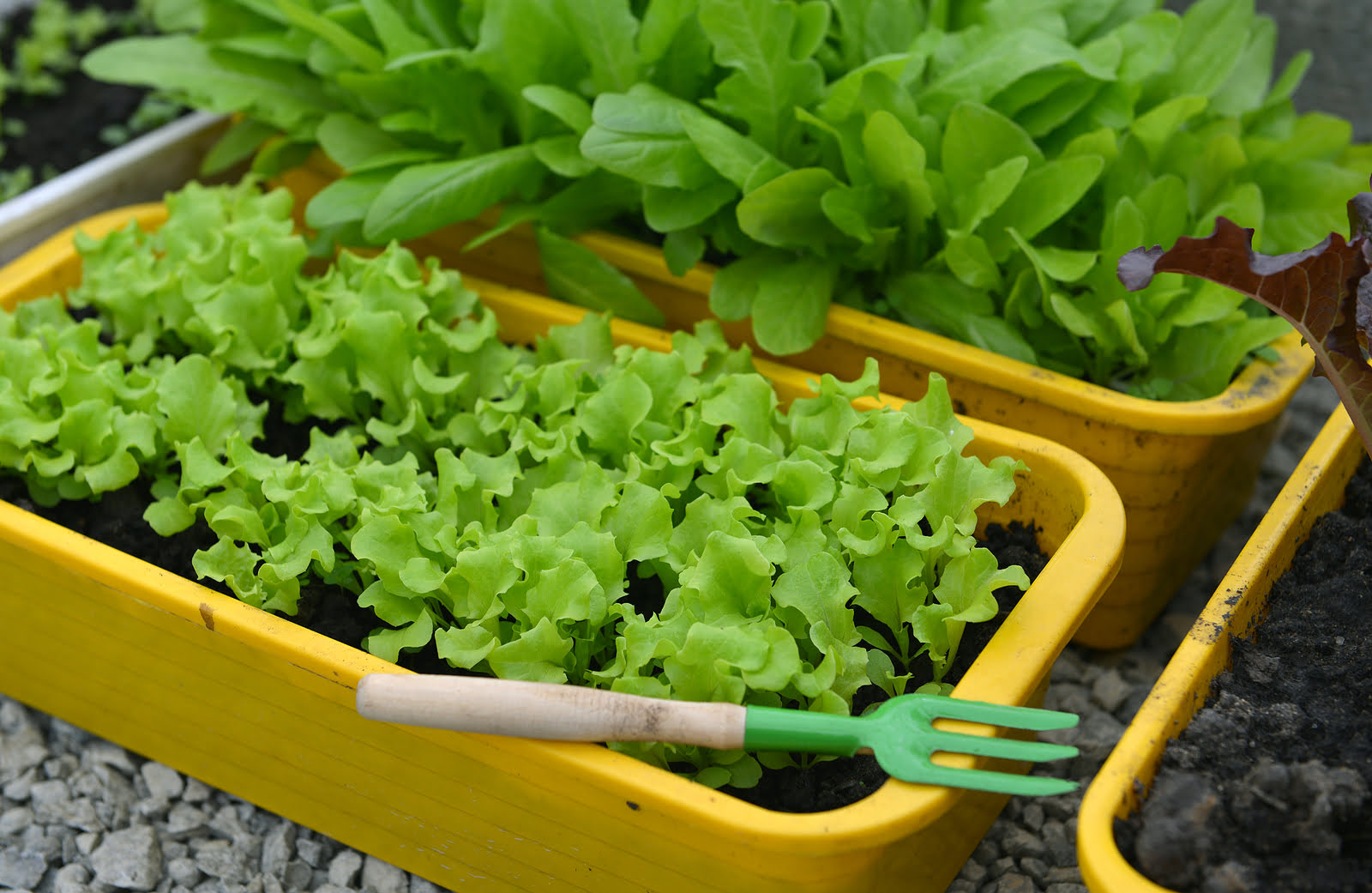

Garden Essentials
How To Plant Lettuce From Seed
Modified: August 16, 2024
Learn the steps to successfully plant lettuce seeds in your garden and enjoy fresh, homegrown lettuce all season long.
(Many of the links in this article redirect to a specific reviewed product. Your purchase of these products through affiliate links helps to generate commission for Storables.com, at no extra cost. Learn more)
Introduction
Growing your own lettuce from seed is not only a rewarding experience but also a cost-effective way to have fresh, crispy greens on hand throughout the year. Whether you have a spacious garden or a small balcony, planting lettuce from seed is a simple and enjoyable process that can be done by both beginners and seasoned gardeners alike.
In this comprehensive guide, we will walk you through the step-by-step process of planting lettuce from seed, from preparing the soil to harvesting your delicious homegrown lettuce. So grab your gardening gloves and let’s get started on this green adventure!
Before we dive into the details, let’s take a moment to appreciate the versatility and nutritional benefits of lettuce. Lettuce is not only a staple in salads but can also be used in sandwiches, wraps, and even as a delicious bed for your favorite toppings. Packed with vitamins A, C, and K, as well as minerals like potassium and folate, lettuce is a healthy addition to any diet.
Now that we understand the benefits of growing and consuming lettuce, let’s move on to the first step – preparing the soil.
Key Takeaways:
- Planting lettuce from seed is a fun and rewarding way to grow your own fresh greens. From preparing the soil to harvesting, follow the steps to enjoy delicious homegrown lettuce all year round.
- By choosing the right lettuce seeds, providing proper care, and harvesting at the right time, you can experience the joy of growing and enjoying your own organic lettuce, straight from your garden to your plate!
Read more: How To Get Lettuce Seeds From Plant
Step 1: Prepare the Soil
A good foundation is key to successful lettuce growth, and preparing the soil properly is the first step towards creating an optimal growing environment. Here’s what you need to do:
- Choose the right location: Lettuce thrives in cool weather, so select a spot with partial sun or dappled shade. If you live in a warmer region, find a location that receives morning sunlight but is shaded during the hottest part of the day.
- Clear the area: Remove any weeds, rocks, or debris from the planting area. This will eliminate competition for nutrients and ensure that the lettuce plants have enough space to grow.
- Loosen the soil: Use a garden fork or a shovel to loosen the soil to a depth of 8-10 inches. This will help improve drainage and aeration, allowing the lettuce roots to grow deeply.
- Amend the soil: Add organic matter such as compost or well-rotted manure to enrich the soil and improve its fertility. Work the organic matter into the soil to a depth of 4-6 inches.
- Test the pH: Lettuce prefers a slightly acidic soil with a pH range of 6.0-7.0. Test the soil pH using a soil testing kit, and if needed, adjust it by adding lime to raise the pH or sulfur to lower the pH.
By taking the time to prepare the soil properly, you are creating an optimal environment that will promote healthy lettuce growth. Once the soil is ready, it’s time to move on to step two – choosing the right lettuce seeds.
Step 2: Choose the Right Lettuce Seeds
When it comes to choosing lettuce seeds, you’ll be delighted by the wide variety of options available. Lettuce comes in different shapes, colors, and flavors, allowing you to experiment and find the perfect fit for your taste preferences and growing conditions. Here’s what you should consider:
- Lettuce Types: There are four main types of lettuce: crisphead, romaine, butterhead, and leaf lettuce. Crisphead lettuce forms tight, compact heads, romaine lettuce grows in elongated heads with crisp leaves, butterhead lettuce has soft, buttery leaves, and leaf lettuce has loose, tender leaves. Choose the type that appeals to you and suits your culinary needs.
- Leaf Color: Lettuce leaves can be green, red, or a mix of both. Green varieties tend to be more heat-tolerant and have a slightly milder flavor, while red varieties offer a colorful addition to salads and provide a slightly stronger taste.
- Days to Maturity: Pay attention to the “days to maturity” information provided on the seed packet. This indicates how long it takes for the lettuce to reach harvestable size. If you want a quick harvest, choose varieties with shorter maturity periods.
- Sowing Succession: Consider sowing lettuce seeds in succession to ensure a continuous supply of fresh lettuce. Start by planting a small batch, and then sow additional seeds every few weeks. This way, you’ll have lettuce ready for harvest throughout the growing season.
When selecting lettuce seeds, it’s also worth checking if they are open-pollinated or hybrid varieties. Open-pollinated seeds can be saved from year to year and will produce plants with similar characteristics, while hybrid seeds are the result of cross-breeding and offer specific traits but don’t reliably reproduce. Choose the option that aligns with your gardening goals.
Once you’ve chosen the right lettuce seeds, it’s time to move on to step three – starting the planting process indoors.
Step 3: Start Planting Indoors
Starting your lettuce seeds indoors gives you a head start in the growing season and allows you to control the environment for optimal germination. Here’s what you need to do:
- Choose containers: Select trays or pots with drainage holes to prevent waterlogging. Seedling flats or biodegradable peat pots are excellent choices. Make sure the containers are clean and sterilized to minimize the risk of diseases.
- Fill with seed starting mix: Fill the containers with a high-quality seed starting mix or a well-draining potting soil. Avoid using garden soil, as it may contain weed seeds and pathogens.
- Sow the seeds: Sow the lettuce seeds evenly on the surface of the soil, following the spacing guidelines provided on the seed packet. Lightly press the seeds into the soil, ensuring good seed-to-soil contact.
- Moisten the soil: Use a gentle spray bottle or a watering can with a fine rose to moisten the soil. Avoid over-watering, as it can lead to rotting and damping-off disease. Maintain moisture by misting the soil regularly.
- Provide warmth and light: Place the containers in a warm location with temperatures around 65-75°F (18-24°C). Lettuce seeds require warmth to promote germination. A seedling heat mat can be used to maintain a consistent temperature. Additionally, provide 12-14 hours of light daily using fluorescent grow lights or placing them near a sunny window.
- Thin out the seedlings: Once the lettuce seedlings develop their first true leaves, thin them out to ensure proper spacing. This will give each plant enough room to grow and prevent overcrowding.
Remember to monitor the moisture level regularly and provide adequate ventilation to prevent damping-off disease. Your lettuce seedlings should be ready for transplanting in about 4-6 weeks. Now, let’s move on to the next step – transplanting the seedlings into the garden or containers.
When planting lettuce from seed, make sure to choose a sunny spot with well-drained soil. Sow the seeds shallowly and keep the soil consistently moist for best results.
Step 4: Transplant the Seedlings
Once your lettuce seedlings have grown to a sturdy and healthy size, it’s time to transplant them into their permanent location. Whether you plan to grow lettuce in the garden soil or containers, here’s how to ensure a successful transplant:
- Choose the transplanting location: Select a spot in your garden or containers that receives the recommended amount of sunlight for lettuce. If you’re growing in containers, make sure they have ample drainage holes.
- Prepare the soil or containers: If you’re transplanting into the garden, ensure the soil is well-prepared as discussed in step 1. If you’re using containers, fill them with a nutrient-rich potting mix that provides good drainage.
- Transplanting method: Gently remove the lettuce seedlings from their containers, being careful not to damage the roots. Dig a hole in the soil or create a space in the potting mix for each seedling. Plant the seedlings at the same depth they were growing in the containers.
- Spacing: Follow the recommended spacing guidelines for the specific lettuce variety you are growing. Generally, lettuce plants should be spaced about 6-12 inches apart, depending on the type.
- Watering: After transplanting, water the newly transplanted seedlings thoroughly. This will help settle the soil around the roots and promote healthy establishment. Maintain consistent moisture throughout the growing season.
- Protect from extreme weather: If you’re experiencing heatwaves or cold snaps, protect your transplanted lettuce seedlings by using shade cloth during hot periods and providing frost protection during chilly nights.
Remember to keep an eye out for pests and diseases that may affect lettuce, such as slugs, snails, and fungal infections. Regularly inspect your plants and take necessary measures if any issues arise.
Now that your lettuce seedlings are comfortably settled into their new home, it’s time to move on to step 5 – caring for and maintaining your lettuce plants.
Read more: How To Plant Lettuce Seeds
Step 5: Care and Maintenance
Proper care and maintenance are crucial for ensuring the healthy growth and productivity of your lettuce plants. Here are some essential tips to keep in mind:
- Watering: Lettuce requires consistent moisture to thrive, so keep the soil evenly moist but not waterlogged. Water at the base of the plants, avoiding wetting the leaves, as this can lead to disease. Aim for about 1 inch of water per week, adjusting based on weather conditions.
- Fertilization: Lettuce is a heavy feeder and benefits from regular fertilization. Apply a balanced fertilizer high in nitrogen every 3-4 weeks, following the package instructions. Alternatively, you can use organic amendments such as compost or well-rotted manure to nourish the plants.
- Weed control: Keep the area around your lettuce plants free from weeds, as they can compete for nutrients and water. Regularly weed the garden or container to prevent weeds from taking over.
- Pest management: Keep an eye out for common lettuce pests, including aphids, slugs, snails, and caterpillars. Take proactive measures such as hand-picking pests, using organic pest control methods, or applying insecticidal soap when necessary.
- Shade and heat protection: Lettuce prefers cooler temperatures, so provide shade during hot summer days to prevent the plants from bolting. You can use shade cloths, plant taller crops to provide shade, or create temporary structures to shield the lettuce plants from intense sunlight.
- Mulching: Apply a layer of organic mulch, such as straw or shredded leaves, around the base of the lettuce plants. Mulch helps retain moisture, suppress weeds, and regulate soil temperature.
Regularly monitor your lettuce plants for any signs of diseases or nutrient deficiencies. Swift action can prevent the spread of diseases and ensure healthy growth. Remember to harvest outer leaves regularly to encourage continuous growth and prevent the plants from becoming too crowded.
With proper care and maintenance, your lettuce plants will flourish, providing you with a bountiful harvest. Now, let’s move on to the final step – harvesting your homegrown lettuce.
Step 6: Harvesting Lettuce
Harvesting lettuce is a rewarding moment in your gardening journey. The sweet taste and crisp texture of freshly picked lettuce leaves will bring joy to your salads and meals. Here’s what you need to know about harvesting your homegrown lettuce:
- Leaf lettuce: For leaf lettuce varieties, you can start harvesting leaves when they reach a usable size. Simply pick the outer leaves, leaving the inner ones to continue growing. This method allows you to enjoy a continuous harvest as the plant produces new leaves.
- Romaine and crisphead lettuce: With romaine and crisphead varieties, wait until the heads are fully formed and tight. Gently grip the head at the base and twist or cut it near the soil level to harvest the entire head.
- Harvesting tips: Harvest lettuce in the morning when the leaves are crisp and cool. Use sharp garden shears or a knife to avoid damaging the plants. After harvesting, rinse the lettuce leaves thoroughly to remove any dirt or debris.
- Regrowth: Don’t be discouraged when you harvest your lettuce plants, as they have the ability to regrow! If you’ve only harvested the outer leaves of a leaf lettuce, the center of the plant will continue producing new leaves. With proper care, you can enjoy multiple harvests from the same plant.
Remember to keep an eye on the overall health and growth of your lettuce plants. If you notice any signs of bolting (when the lettuce plants produce tall flower stalks, indicating that they are preparing to go to seed), it’s a sign that the lettuce is reaching the end of its growing season. Harvest the remaining leaves and consider planting a new batch of lettuce seeds for a fresh crop.
Enjoy the fruits of your labor by incorporating the freshly harvested lettuce into salads, sandwiches, or wraps. Nothing beats the taste of homegrown, organic lettuce straight from your garden!
Congratulations on successfully growing and harvesting your lettuce! With a little patience and care, you can continue to enjoy the pleasure of fresh greens throughout the growing season.
Now that you have learned the step-by-step process of growing lettuce from seed, you are equipped with the knowledge to embark on your own garden journey. Happy gardening and bon appétit!
Conclusion
Growing lettuce from seed is a fulfilling and rewarding experience that allows you to enjoy the freshest and most flavorful greens right from your own garden. By following the steps outlined in this comprehensive guide, you can successfully plant lettuce seeds, nurture the seedlings, and harvest a bountiful crop of delicious lettuce.
From preparing the soil to choosing the right lettuce seeds, starting indoors, transplanting, and caring for your plants, each step plays a crucial role in the success of your lettuce garden. By providing the optimal growing conditions – adequate sunlight, well-prepared soil, consistent watering, and proper nutrition – you can encourage healthy growth and vibrant lettuce plants.
Remember to adjust your gardening practices based on your specific climate, as lettuce has different requirements depending on the temperature and sunlight levels. Whether you have a spacious garden or limited space on your balcony, you can still enjoy the pleasure of growing your own lettuce with the right care and attention.
As you witness your lettuce plants flourish and mature, the time will come to harvest the leaves and enjoy the fruits of your labor. Whether you choose to harvest the outer leaves of leaf lettuce or the whole head of romaine or crisphead lettuce, the taste and freshness of your homegrown lettuce will elevate your meals to a new level.
Remember to continue caring for your lettuce plants by maintaining proper watering, managing pests, and providing shade in hot weather. With each harvest, you’ll gain confidence and experience, and may even consider experimenting with different lettuce varieties and growing techniques.
So, grab your gardening gloves, prepare your soil, and start planting lettuce seeds with the knowledge and confidence gained from this guide. In no time, you’ll be enjoying the satisfaction and flavors of your own homegrown lettuce. Happy gardening!
Frequently Asked Questions about How To Plant Lettuce From Seed
Was this page helpful?
At Storables.com, we guarantee accurate and reliable information. Our content, validated by Expert Board Contributors, is crafted following stringent Editorial Policies. We're committed to providing you with well-researched, expert-backed insights for all your informational needs.
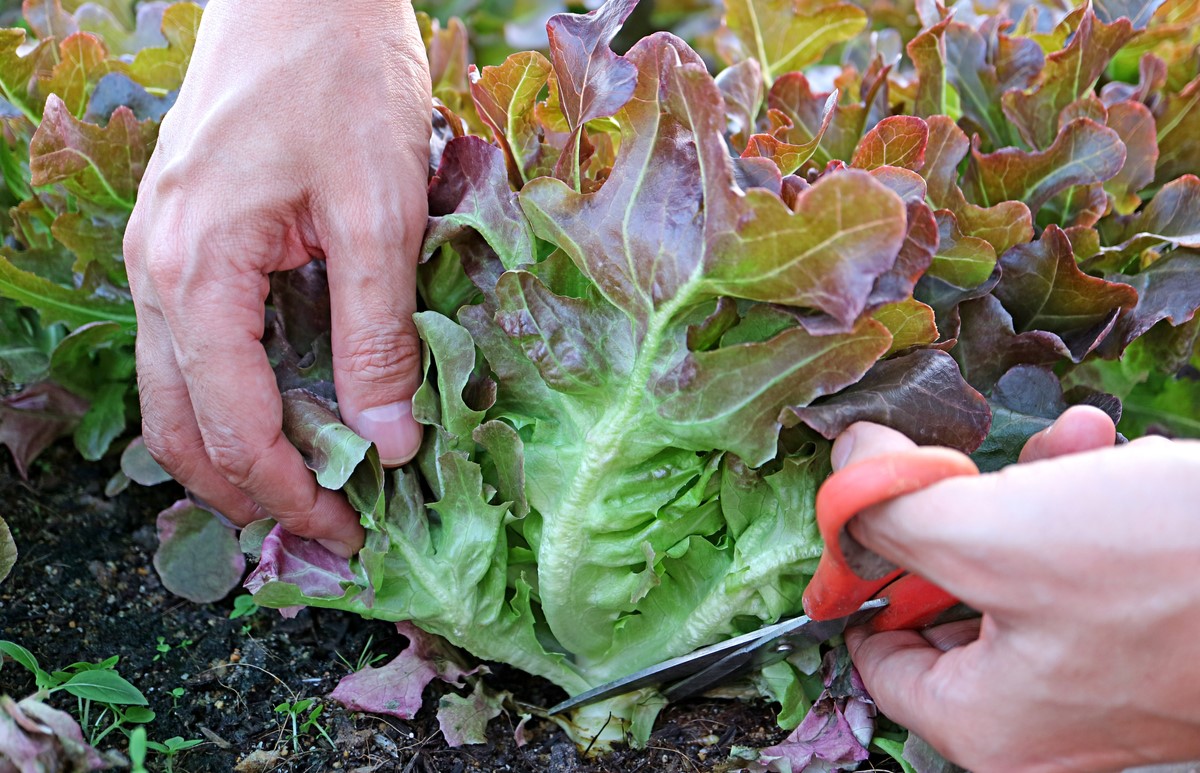

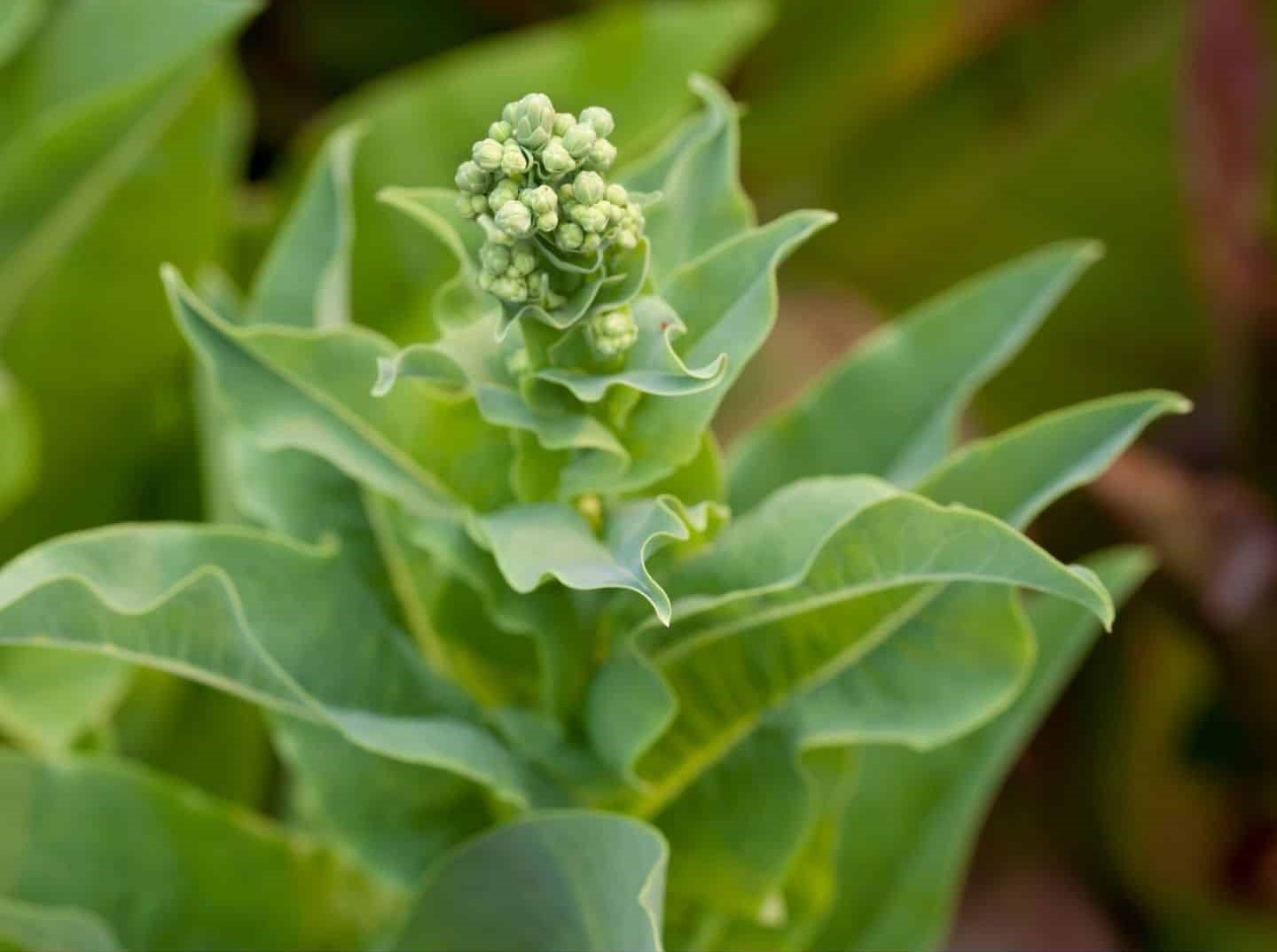
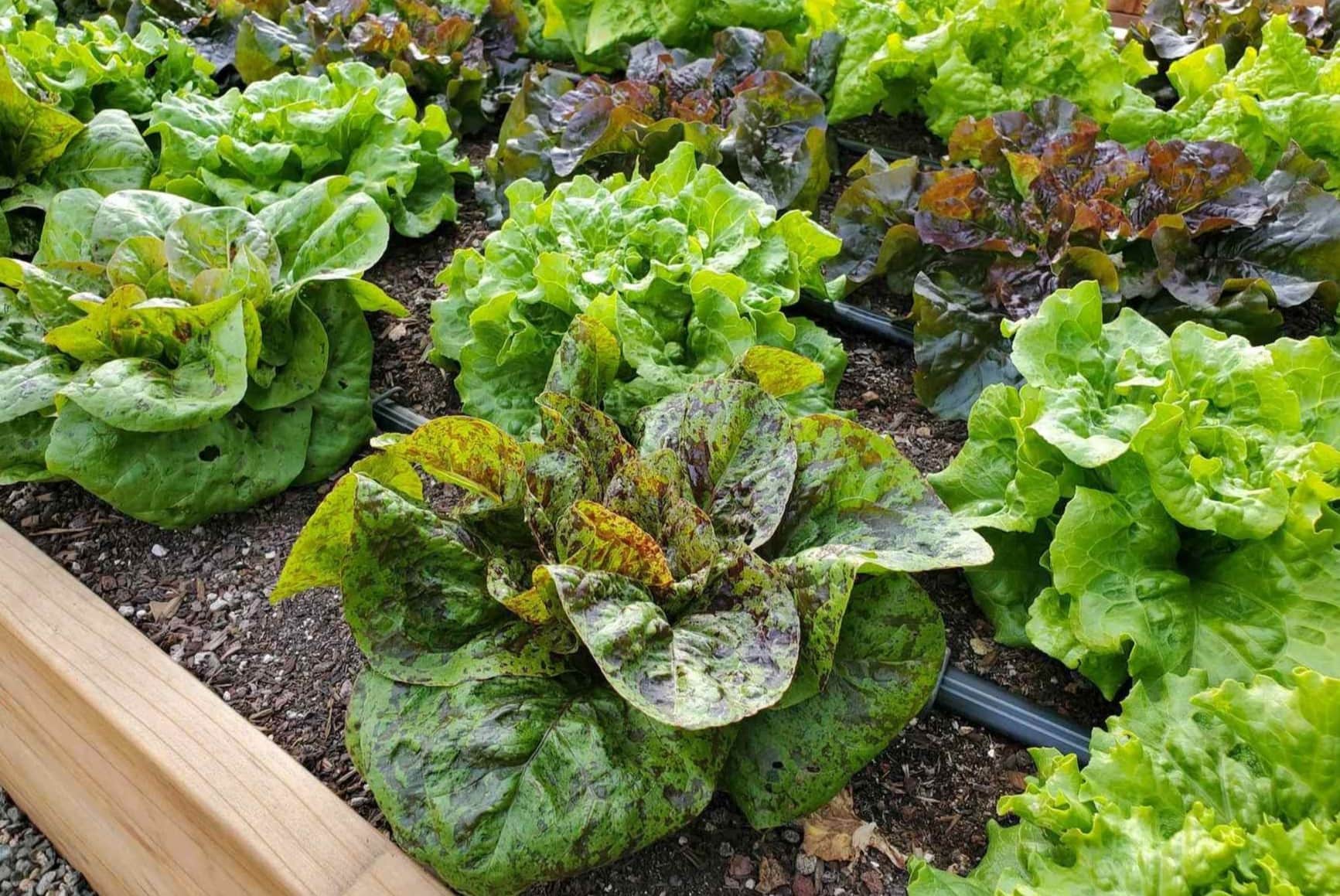
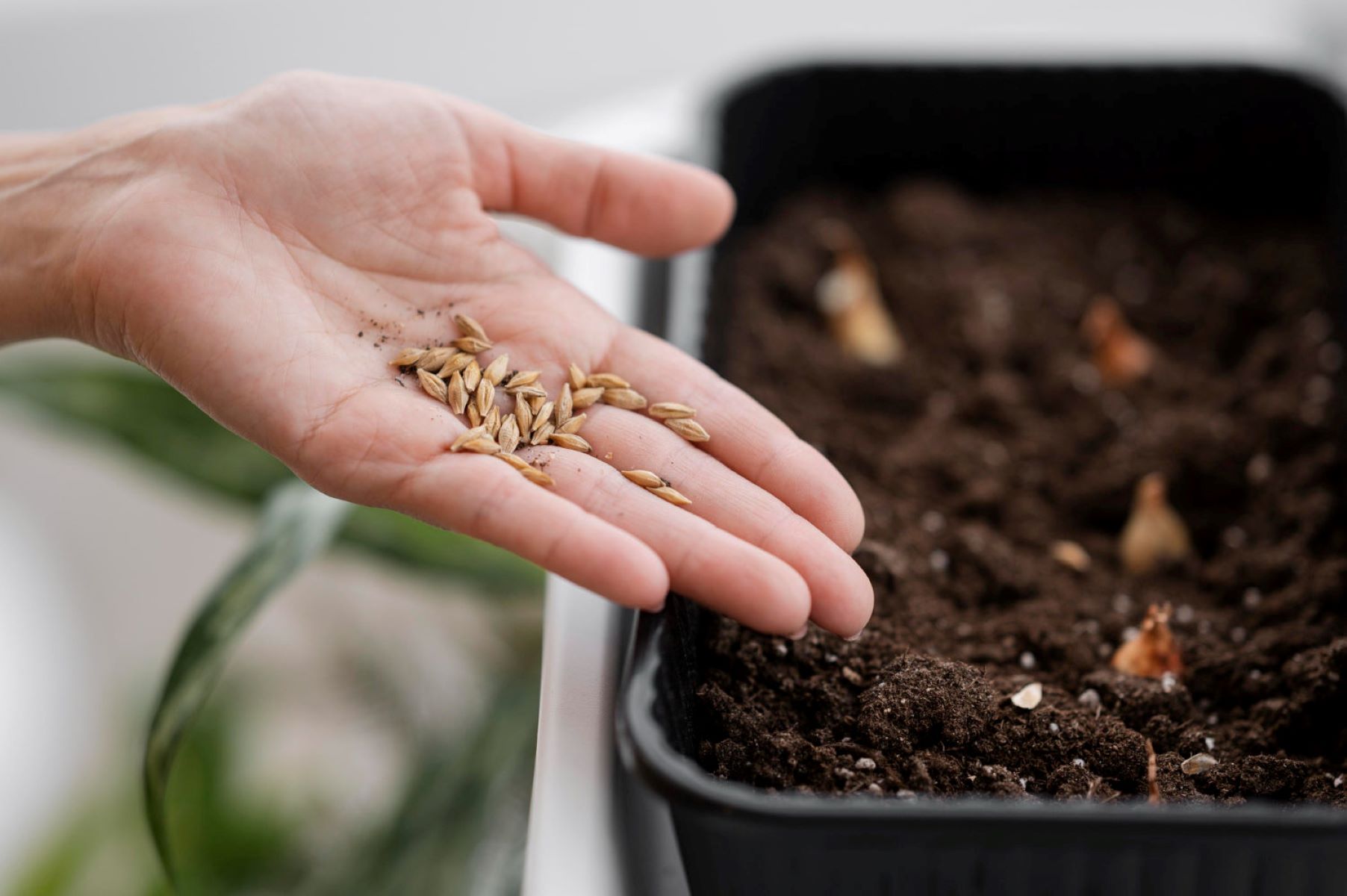
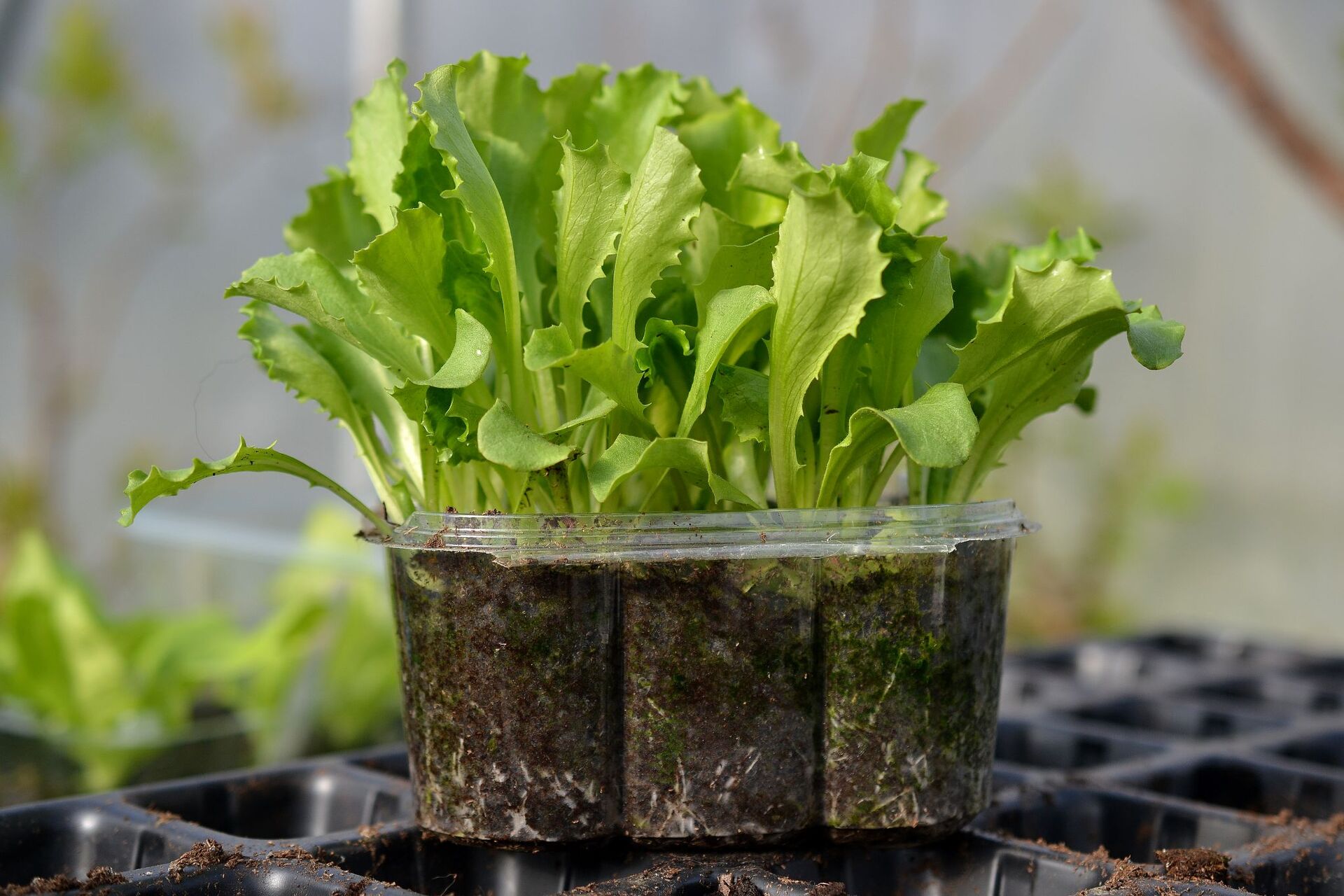

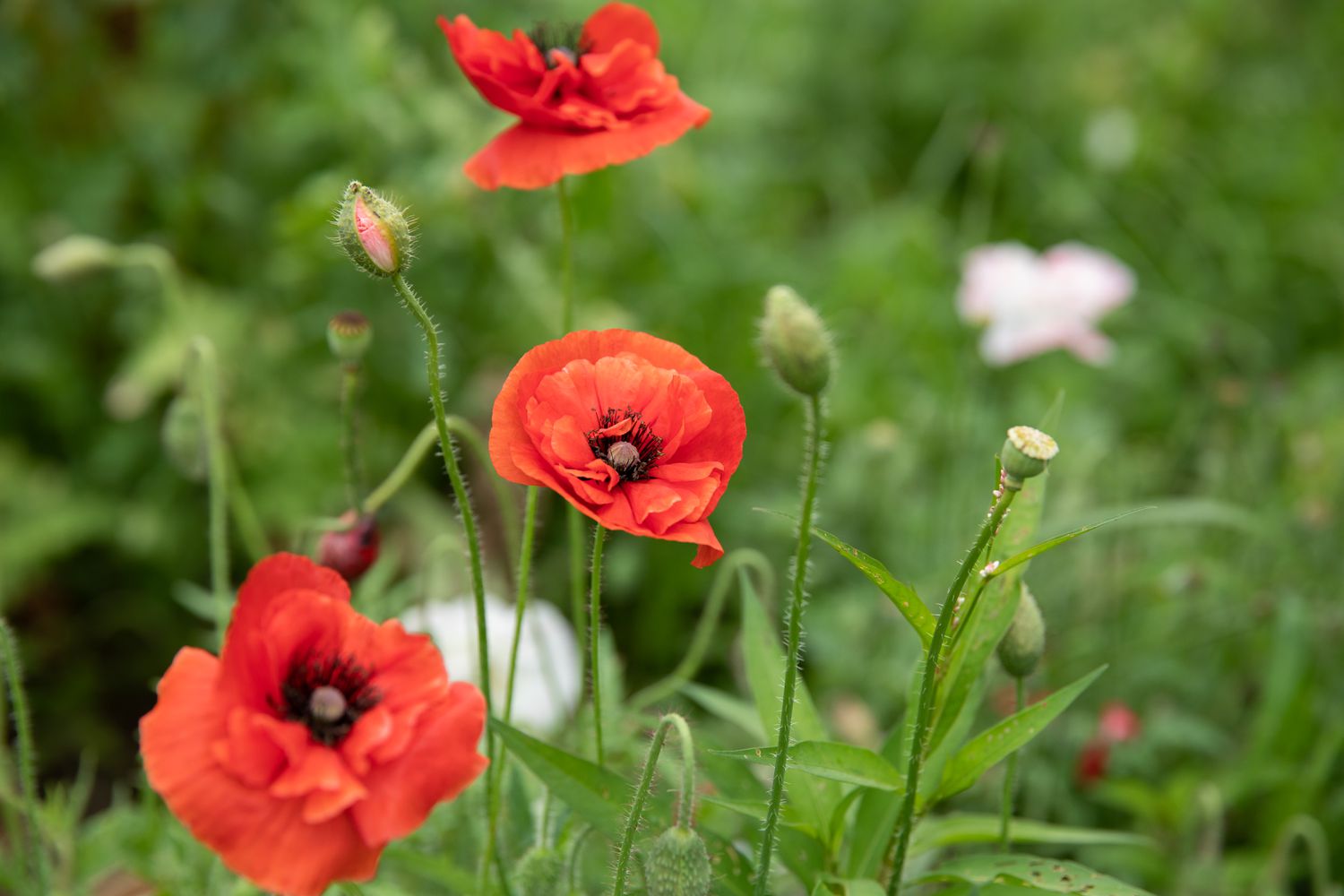
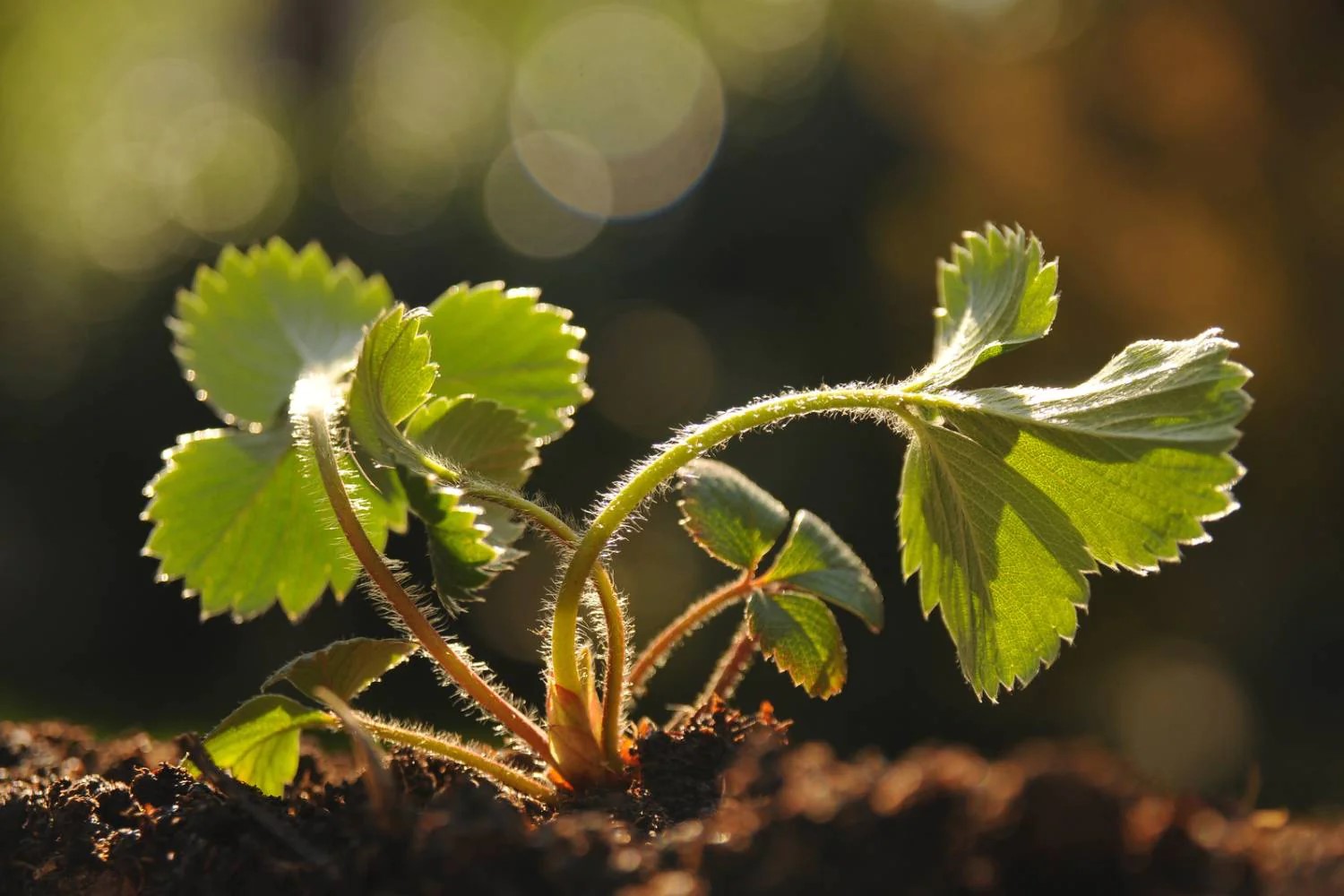
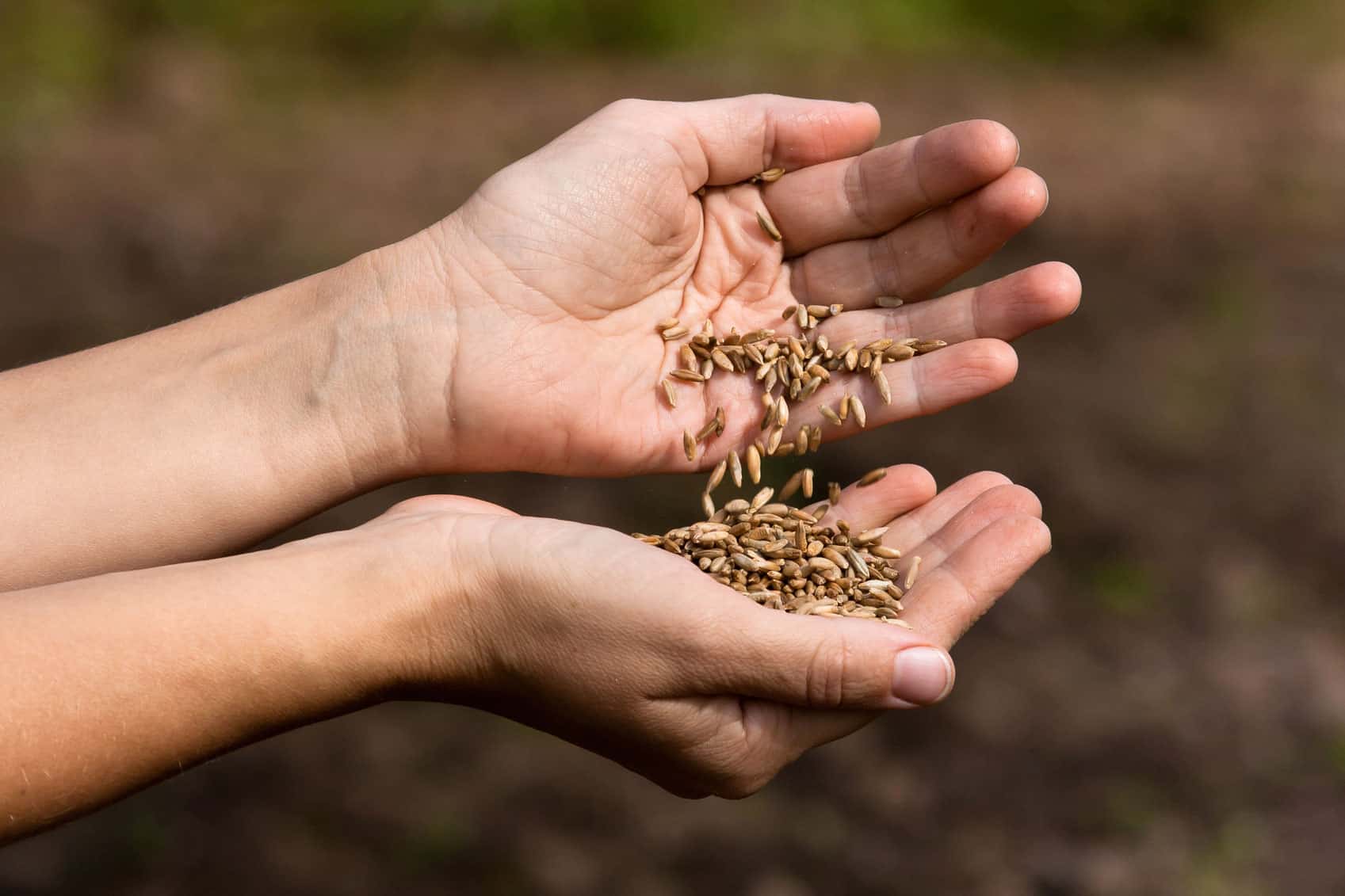
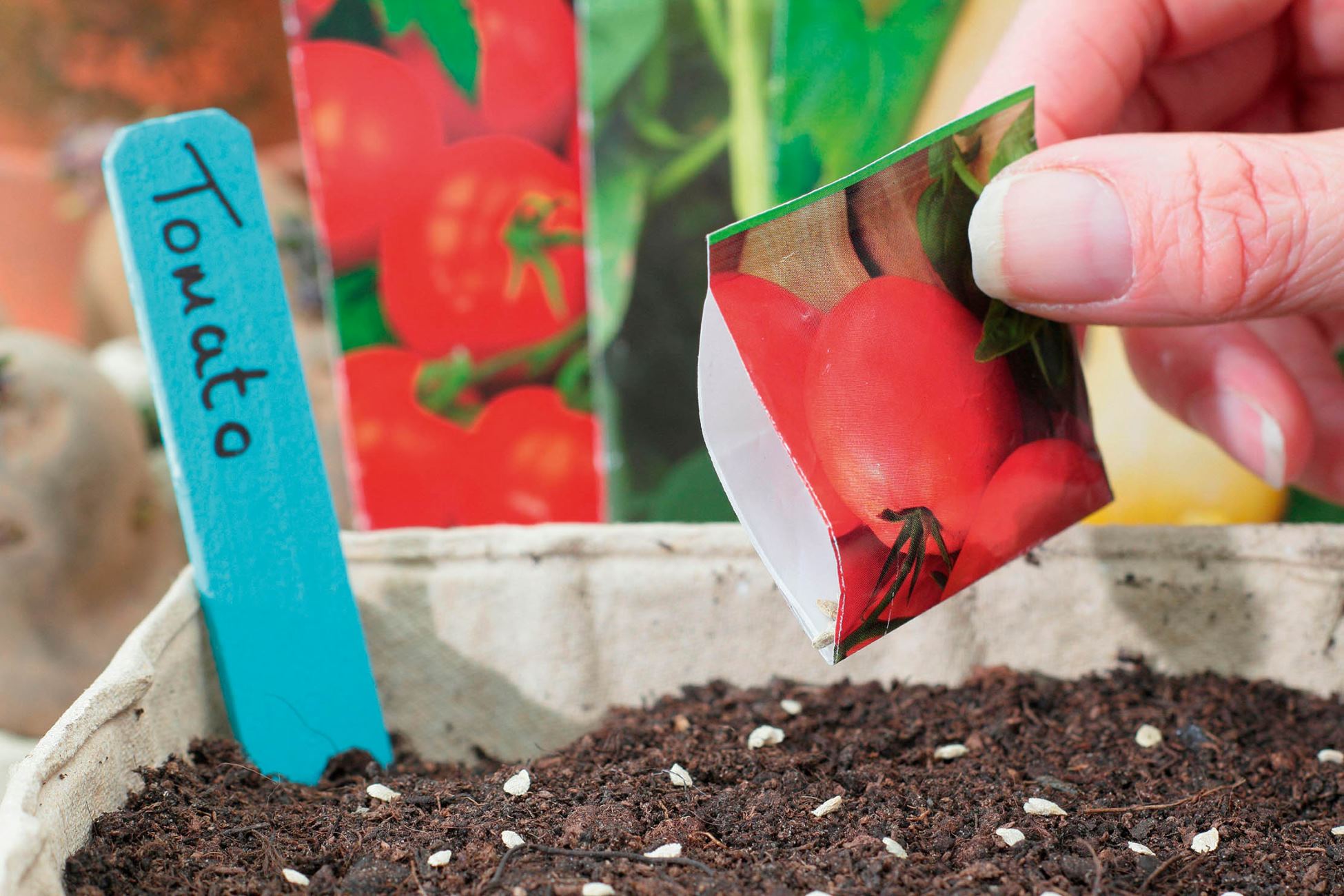
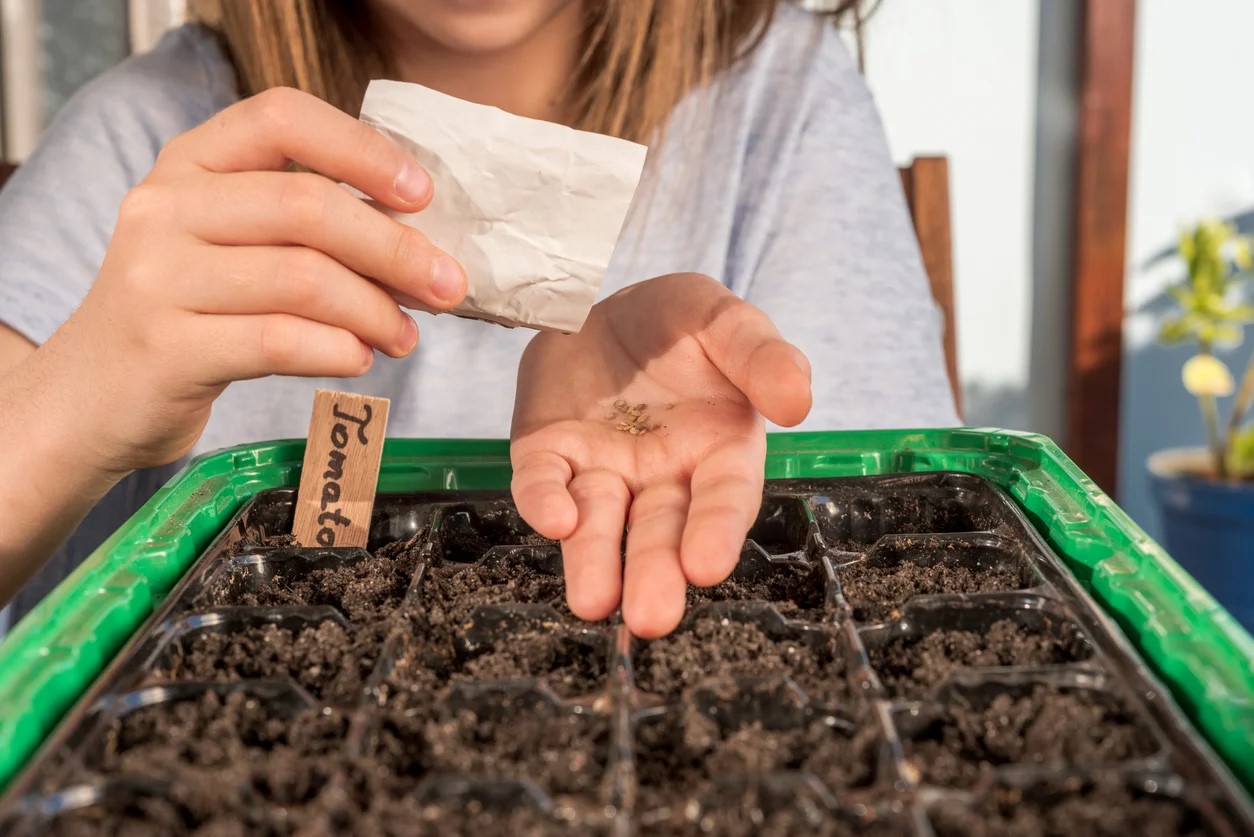
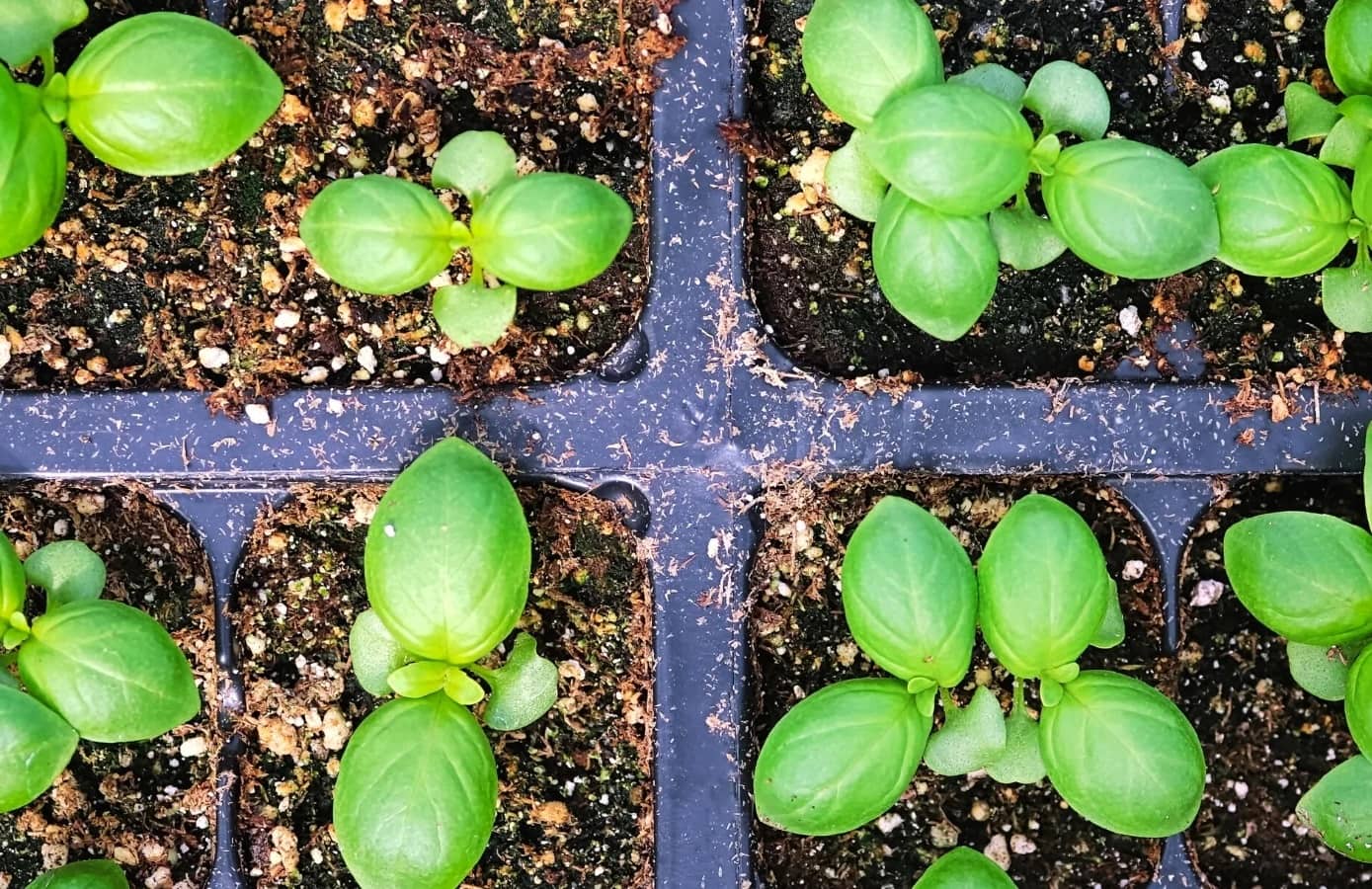
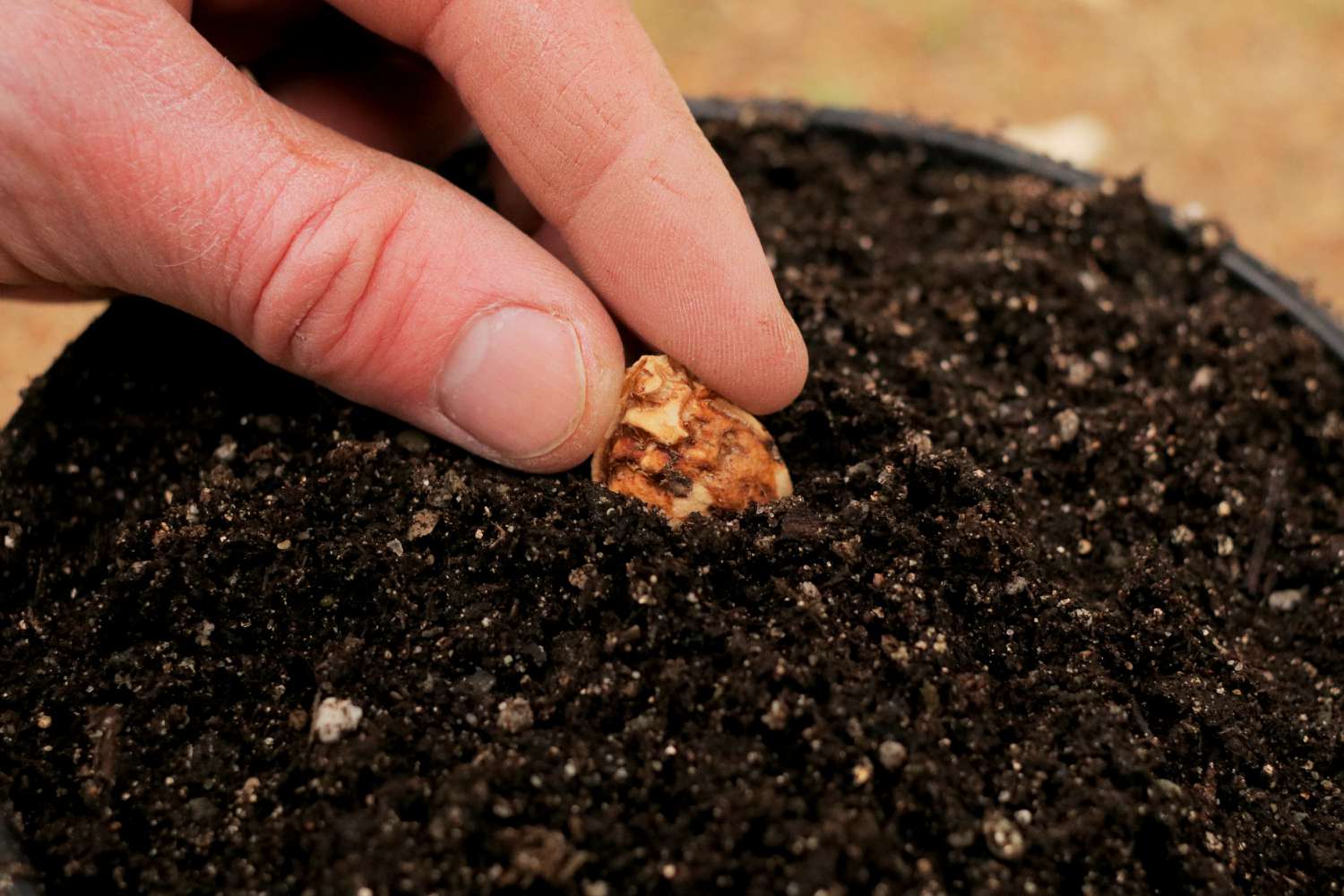

0 thoughts on “How To Plant Lettuce From Seed”